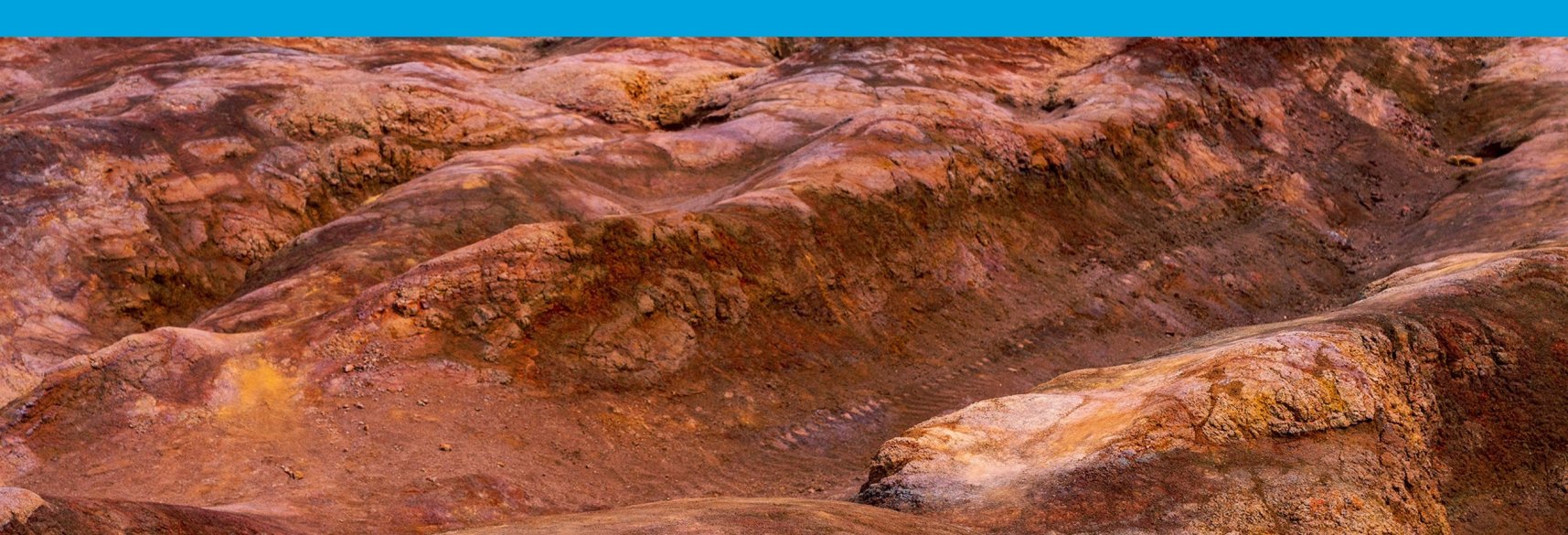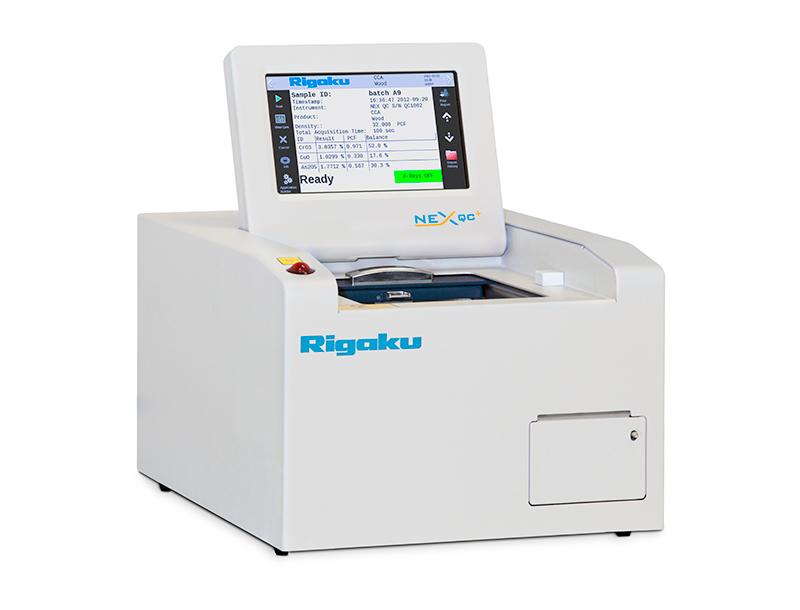Analysis of Clay

Scope
The analysis of important oxides in clay is demonstrated using the empirical approach.
Background
Clays have many uses, from pottery, ceramics, and porcelain fixtures, to coated paper, cosmetics, and building materials such as cement and bricks. Accurate characterization and quality control of the minerals and oxides are important to establish confidence that the clays have the proper chemical composition and physical properties for their intended use. A rapid, reliable, yet cost-effective analytical technique is required to determine oxide content during mining and processing of the clay, as well as for quality assurance and quality control during production of clay products. Rigaku offers the NEX QC+ analyzer to meet these QA/ QC challenges. The NEX QC+ analyzer utilizes direct excitation EDXRF to provide a simple and robust analysis method, ideal for non-technical at-line operators and lab personnel alike.
 Model: NEX QC+
Model: NEX QC+
Calibration
22 site-specific calibration standards were supplied for calibration. Optimum calibration can be achieved using standards that represent the clay material at the site, where each standard is assayed for all oxides of interest and concentration evenly spans each range and vary independently.
| Element | Concentration range | Standard error of estimate |
| Al₂O₃ | 35.00 – 38.40% | 0.211 |
| SiO₂ | 47.30 – 50.35% | 0.442 |
| K₂O | 0.07 – 4.13% | 0.014 |
| TiO₂ | 0.03 – 0.96% | 0.003 |
| Fe₂O₃ | 0.26 – 1.31% | 0.013 |
Standard sample recovery and precision
Representative low and high concentration calibration standards were measured 10 consecutive times in a static position to demonstrate effective recovery and analytical precision.
| Sample ID: Sample 20 Units: Mass% |
|||
| Oxide | Assay value | NEX QC+ average value | Standard deviation |
| K₂O | 0.69 | 0.700 | 0.005 |
| Fe₂O₃ | 0.26 | 0.259 | 0.002 |
| SiO₂ | 45.63 | 45.38 | 0.08 |
| Al₂O₃ | 38.39 | 38.74 | 0.08 |
| TiO₂ | 0.03 | 0.0341 | 0.0007 |
| Sample ID: Sample 24 Units: Mass% |
|||
| Oxide | Assay value | NEX QC+ average value | Standard deviation |
| K₂O | 4.13 | 4.10 | 0.01 |
| Fe₂O₃ | 0.69 | 0.677 | 0.002 |
| SiO₂ | 48.43 | 48.22 | 0.11 |
| Al₂O₃ | 35.2 | 35.16 | 0.09 |
| TiO₂ | 0.25 | 0.250 | 0.002 |
The average value reflects the fitted value from the calibrations.
Analysis of unknown samples
Unknown samples were also provided for analysis with assay values provided by ICP-OES. Each sample was analyzed in triplicate. The analytical results and standard deviations are provided below.
| Sample ID: Sample E Units: Mass% |
|||
| Compound | Assay value | NEX QC+ average value | Standard deviation |
| K₂O | 2.22 | 2.18 | 0.01 |
| Fe₂O₃ | 0.97 | 0.988 | 0.001 |
| SiO₂ | NP | 49.02 | 0.09 |
| Al₂O₃ | NP | 35.71 | 0.05 |
| TiO₂ | NP | 0.096 | 0.002 |
| Sample ID: Sample I Units: Mass% |
|||
| Compound | Assay value | NEX QC+ average value | Standard deviation |
| K₂O | 3.38 | 3.34 | 0.03 |
| Fe₂O₃ | 1.20 | 1.17 | 0.01 |
| SiO₂ | NP | 50.27 | 0.04 |
| Al₂O₃ | NP | 34.32 | 0.01 |
| TiO₂ | NP | 0.106 | 0.004 |
NP = assay not provided
Conclusion
The NEX QC+ offers analysts a simple, yet powerful and versatile system for quantifying elemental composition using the empirical approach. The results of this study indicate that given stable samples, proper sample handling, and proper calibration technique, the Rigaku NEX QC+ EDXRF can achieve excellent results for the measurement of the key oxides Al₂O₃, SiO₂, K₂O, TiO₂, and Fe₂O₃ in clays.

Contact Us
Whether you're interested in getting a quote, want a demo, need technical support, or simply have a question, we're here to help.
